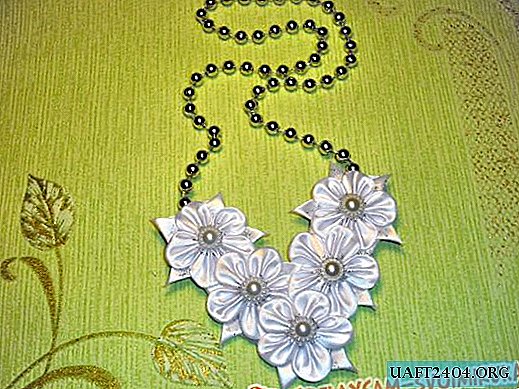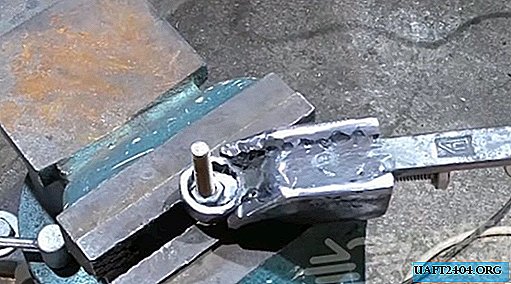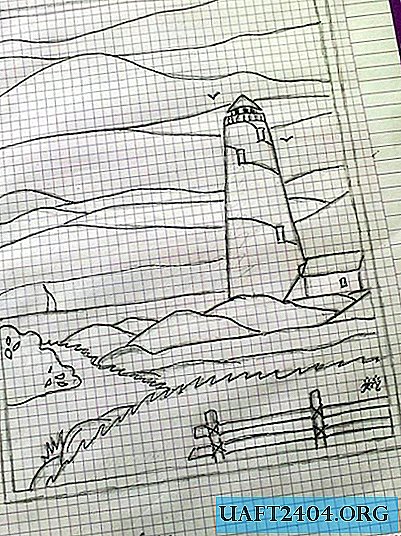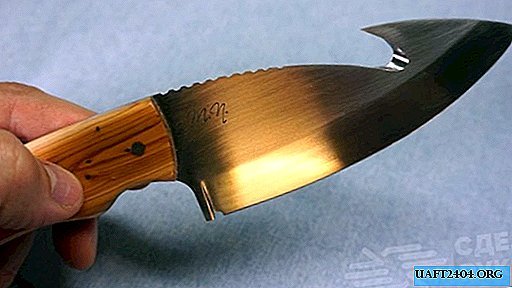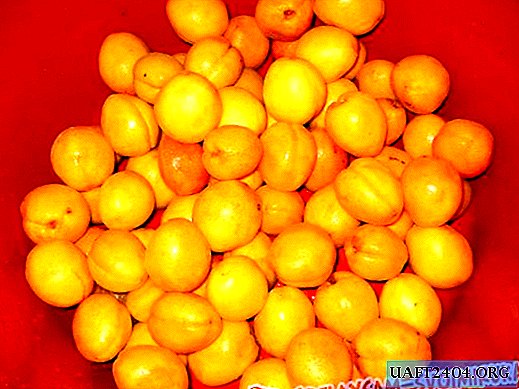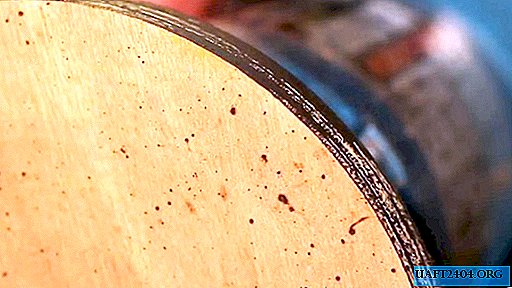Share
Pin
Tweet
Send
Share
Send
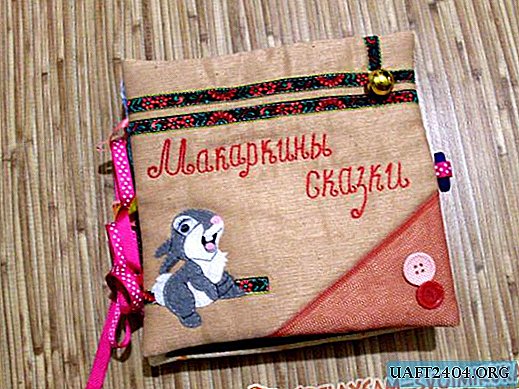
Before starting work, you need to think about exactly what fairy tales it will be devoted to, how many pages are planned, what will be depicted on them, how many heroes will be, etc.
Based on this plan, you need to carve out the required number of pages, as well as covers, and even a thin synthetic winterizer as a laying in the pages, so that the book turns out soft and pleasant to the touch.
Cut out pages need to be sewn on a synthetic winterizer. Then you should proceed to design the details of the book. It is advisable to adhere to the Russian style so that the design of the book matches the theme. This can be helped, for example, by braid with an ethnic pattern, a combination of colors in embroidery, characteristic of Russian folk costume, a special font, etc.
By making a developmental book for a specific child, you can give her his name. For example, call "Makarkin's tales" because the book is made for Makar.
The developmental book should be attractive to the child from the very first cover, therefore it will be appropriate to place some cute children's applique, and also a mini-task, a finger trainer (you should move the buttons sewn under the net from one corner of the page to other).

You should also think in advance about how the book will be fastened. This must be done immediately to lay the necessary allowances for processing or to prepare some elements. In general, the book can be fastened with Velcro, carabiner, button, buttonhole and button, it can be tied on ribbons - it all depends on the desire of the craftswoman.


One of the most famous Russian folk tales is "Turnip". It can be placed immediately on 2 pages of the book. On one you can depict the house where the heroes of the fairy tale live, and on the other - a garden in which the turnip grew. The heroes themselves must be flyaway (that is, they can be held in their hands, they are not sewn to the page), you can also make a bed with a turnip half flyaway, and behind it you can put a clearing with flowers and berries. It’s best to make book characters from felt.
The turnip can also be flown away and inserted into an impromptu garden, as in a pocket.
Flowers in the meadow can also be removed and dressed in beads.
If the book is made for a very young child who wants to taste the details and elements of the book, it should be made in such a way that there are as few fly-away parts as possible.
But at the same time we must not forget that even sewn elements should still be voluminous, textured, interesting. This can be, for example, knitted flowers, pebbles on the path, beads, felt applications, etc.
Telling a Russian fairy tale from a book, one can also draw the attention of a child to such natural phenomena as rainbow, rain, sunny weather - the more diverse and interesting the material presented on the pages, the better, the more new and interesting the little reader will learn.

Another tale that cannot be ignored is the Gingerbread Man. She can also devote a whole U-turn. Similarly to the first tale, here you can imagine a house where a woman lives with her grandfather, and the forest in which the animals met Kolobok. In addition, you can show the path along which the protagonist rolled.
Quite often, in Russian fairy tales, the characters are the same, so it is quite possible that in a textile book being made, characters from one fairy tale will automatically switch to another.

Also at the same turn you can play the fairy tale "Teremok".
To make it more interesting to play with the book, here you can also place several tasks for developing motor skills of the fingers, for example, a miniature lacing on the roof of the house, which closes with a buttonhole and a window shutter button, etc.

The back cover of the book can be left simple, unformed, but, if desired, it can be made interesting by sewing a bright applique or small pocket for a sweet surprise or cards with riddles.
Fully designed pages need to be stitched in two, folded face inward. Then they should be turned out, ironed, the hole for turning out to be carefully sewn by hand.

You can assemble pages into an entire book using specially sewn loops of ribbons and a long ribbon.
The development book is ready!
Share
Pin
Tweet
Send
Share
Send

